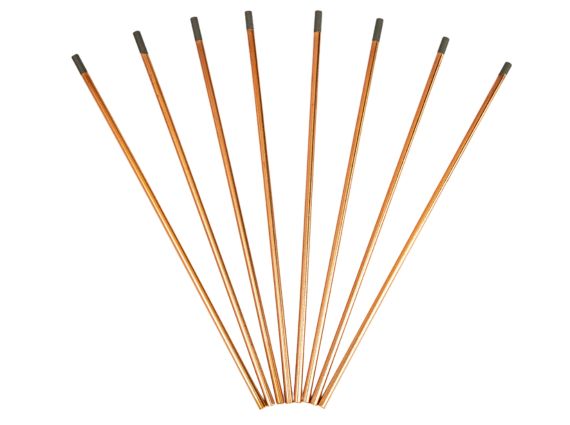What are the possible factors for the frequent breakage of carbon rods (material defects, operating errors, equipment problems)?
Material defects
Uneven carbon rod material: During the production process of carbon rods, if the raw materials are not mixed evenly or the firing process is not properly controlled, the internal structure of the carbon rod will be different, and the texture will be loose in some places and dense in others. When subjected to current and external force, the loose parts are prone to become weak points and cause fractures.
Excessive impurity content: If the raw materials used to produce carbon rods contain more impurities, these impurities will affect the performance of the carbon rods. Impurities may form stress concentration points inside the carbon rods, and when the carbon rods are subjected to the thermal effect of the current and mechanical force, they are prone to fracture at these locations.
Insufficient strength of the carbon rod itself: The unreasonable formulation of the carbon rod or problems with the production process may cause its strength to fail to meet the use requirements. For example, insufficient amount of binder or poor quality cannot effectively bond the carbon particles together, making the overall strength of the carbon rod low and easy to break during normal use.
Operational errors
Excessive current: If the current used exceeds the rated current of the carbon rod, the carbon rod will generate too much heat, causing its temperature to rise sharply. Carbon rods will soften at high temperatures, reduce strength, and easily break.
The carbon rod feed speed is too fast: In operations such as carbon arc gouging, if the carbon rod feed speed is too fast, the resistance to the carbon rod will suddenly increase, and the arc stability between the carbon rod and the workpiece will also be affected, which will easily generate impact loads and cause the carbon rod to break.
Improper operation angle: During operation, the angle between the carbon rod and the workpiece is not appropriate, which will cause uneven force on the carbon rod. For example, if the angle is too large or too small, the carbon rod will be subjected to additional bending moment or torque during operation. If it is in this stress state for a long time, the carbon rod is prone to fatigue fracture.
Frequent arcing and arc breaking: Frequent arcing and arc breaking will cause severe thermal shock at the end of the carbon rod, resulting in frequent and large temperature changes at the end. The repeated action of this thermal stress will cause the material properties of the end of the carbon rod to deteriorate, cracks to occur, and then extend to the entire carbon rod, eventually leading to fracture.
Equipment problem
Loose electrode chuck: If the electrode chuck does not clamp the carbon rod, the carbon rod will shake during the operation of the equipment, causing it to be subjected to uneven external force. At the same time, loose chucks will also increase the contact resistance between the carbon rod and the electrode, causing local overheating, all of which may cause the carbon rod to break.
Equipment failure leads to unstable current: Failure in the power supply system of the equipment, such as failure of the current regulator, poor line contact, etc., will lead to unstable output current. The fluctuation of current will cause the thermal load and electric force of the carbon rod to change continuously, which is easy to cause fatigue damage inside the carbon rod and eventually cause fracture.
Feeding mechanism failure: For automatic feeding equipment, if the feeding mechanism fails, such as uneven feeding speed, jamming, etc., the carbon rod will be subjected to abnormal force during the feeding process, destroying the normal working state of the carbon rod and increasing the risk of fracture.

Contact: admin
Phone: +86-13665233012
E-mail: service@weldmaterial.com
Add: Huanghua Industrial park, Jiangdu City, Yangzhou , Jiangsu Provicne, China.